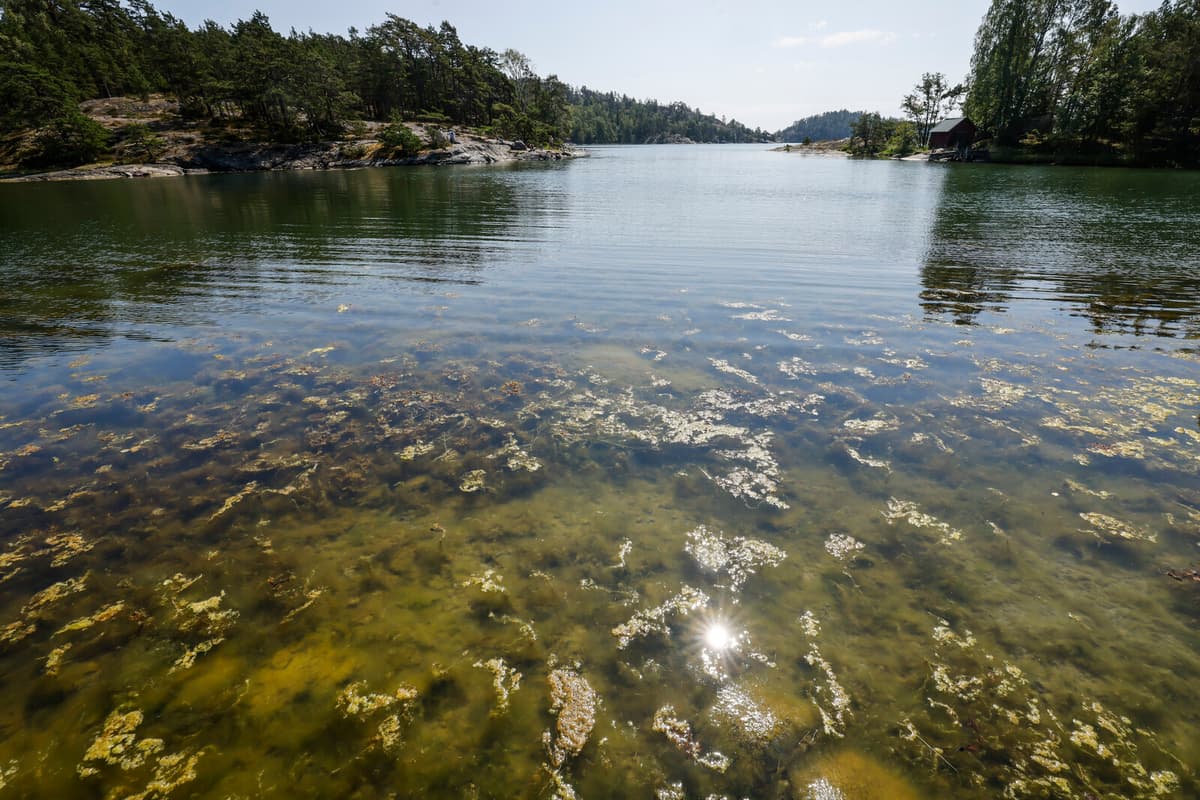Exactly where there is algal bloom locally on different beaches and bathing areas is more difficult for oceanographers to interpret. But the algal bloom out at sea is found in the entire Baltic Sea and appears to remain in place over the coming days when it does not blow enough and the weather will be continuously warm. Possibly, the large masses can move south in the coming days.
We have algal bloom every year, but this year it has been more severe due to the warm and calm weather. Eutrophication and the fact that the Baltic Sea is not doing well with oxygen deficiency at the bottom are underlying causes, says Helena Björnberg.
Even as far up as the Haparanda archipelago, algal bloom has been seen in several places locally, according to the municipality's website.
It's hard to say specifically where it can be worst. It depends on the winds. But if the water looks green or cloudy on the surface, you should avoid bathing and keep an eye on it so that children and dogs don't do it either. It's swallowing the water that's the biggest danger, says Helena Björnberg.
Cyanobacteria, the blue-green algae that bloom and float up to the surface, can cause fever, stomach problems, and muscle weakness if you ingest them.
Sooner or later, the algal bloom disappears naturally.
As soon as stronger winds mix and oxygenate the water masses, or the weather gets colder, the cyanobacteria disappear, says Helena Björnberg.
Algal blooms have different colors and appearances depending on how large they are and what species it is about.
Blue-green algal blooms in the Baltic Sea often look like greenish-yellow soup or blue-green thread-like masses. The toxicity varies between different species.
If you bathe in water with algal bloom, you should try to make sure not to swallow any water. It's also good to shower afterwards.
Poisoning from algal bloom can cause symptoms such as nausea, vomiting, diarrhea, and fever. You can also get skin irritation and eye problems. It is recommended to contact a doctor.
Children and animals can be particularly vulnerable to algal bloom.
Source: SMHI and World Nature Fund






